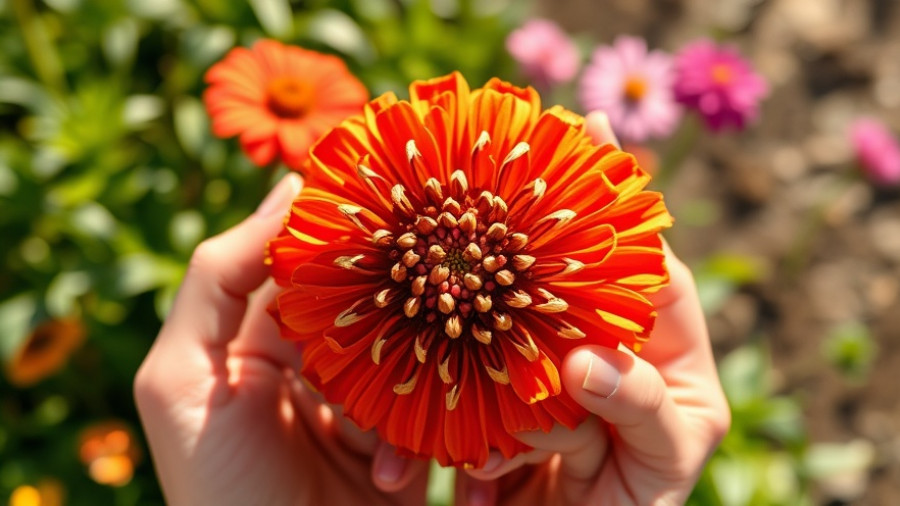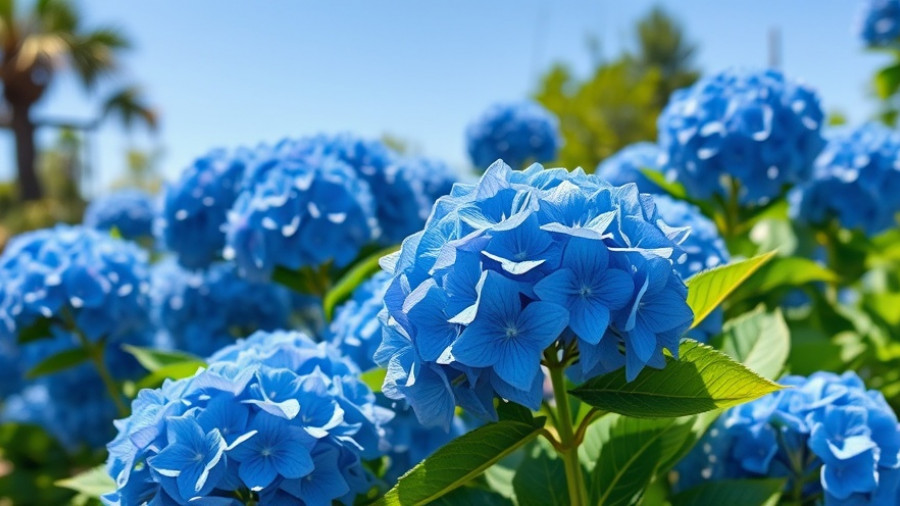
The Hidden Benefits and Risks of Mulching
Mulching is often highlighted as a simple yet effective way to enhance your garden. It provides crucial benefits like moisture retention, weed suppression, and temperature regulation. However, as farmers and avid gardeners know, the practice of mulching is not without its pitfalls. Incorrect application can cause harm and even lead to the death of cherished plants.
Common Mulching Mistakes and How to Avoid Them
While mulching is a vital component of garden care, common mistakes can undermine its benefits. Here’s a deeper look at five crucial mulching mistakes to avoid, ensuring your plants thrive instead of withering.
1. Applying Mulch Too Close to Plants
The eager desire to protect plants can lead to a critical error—mulching too closely. A common sight in many gardens is mulch piled high against the trunks of trees and shrubs, a practice known as "mulch volcanoes." While it may seem aesthetically pleasing, this can severely restrict necessary airflow and moisture to the roots. With time, this can damage the plant, causing it to exhibit dry, crispy leaves. To prevent this, maintain a distance of 6-12 inches of bare soil around the base of larger plants to allow for proper gas exchange and moisture penetration.
2. Using Contaminated Mulch
The origin of your mulch is as essential as how you apply it. Many gardeners unwittingly introduce contamination to their plants by choosing mulch sourced from unknown or unreliable vendors. Pesticides and herbicides can persist in mulching materials like hay and straw, jeopardizing the health of your plants. To mitigate this risk, always inquire about the source and treatment of the mulch you purchase. Organic mulch and locally sourced options generally offer lower contamination risks.
3. Skimping on Mulch Volume
Another common misstep is using insufficient mulch. A thin layer may fail to provide effective weed suppression or moisture retention, leading to a parched garden prone to weed infestation. Ideally, maintain a mulch layer of 2-4 inches, ensuring it is evenly distributed to achieve the best results.
4. Not Refreshing Your Mulch
Mulch can break down over time, losing its effectiveness. Failing to periodically rejuvenate your garden’s mulch bed can result in reduced moisture retention and increased weed growth. Regular refreshes not only improve the aesthetic appeal of your garden but also sustain the soil's health. Aim to top up your mulch every 6-12 months, depending on its type and breakdown rate.
5. Ignoring Soil Conditions
Your native soil should dictate your mulching strategy. Poor drainage or overly compacted soil means that too much mulch can hinder vital water absorption. Understanding local soil conditions is essential; consider conducting a soil test to develop a tailored approach to mulching that will optimize conditions for your plants.
Beyond Mulching: General Gardening Tips for Thriving Plants
To create a flourishing garden, remember to integrate mulching with other essential gardening practices. Consider complementary strategies like timely watering, seasonal planting guides, and landscape lighting ideas that will enhance your outdoor living space. Pairing mulching with proper drainage solutions can create an ecosystem that benefits your entire garden.
Emotional Connection: Cultivating Love for Your Garden
Gardening isn’t just about plants; it's a deeply personal journey that connects you with nature. Watching your plants grow can foster a sense of purpose and contentment. By avoiding these common mulching mistakes, you can cultivate not only a beautiful garden but also a source of joy and pride for yourself and your family.
To achieve a thriving garden, avoid common setbacks by following these mulching tips. A well-cared garden empowers you to enjoy the fruits of your labor, inspiring creative backyard makeover ideas or an outdoor kitchen design that enhances your living space.
For more gardening insights, explore our backyard privacy ideas. Your flourishing garden awaits!
 Add Row
Add Row  Add
Add 




Write A Comment